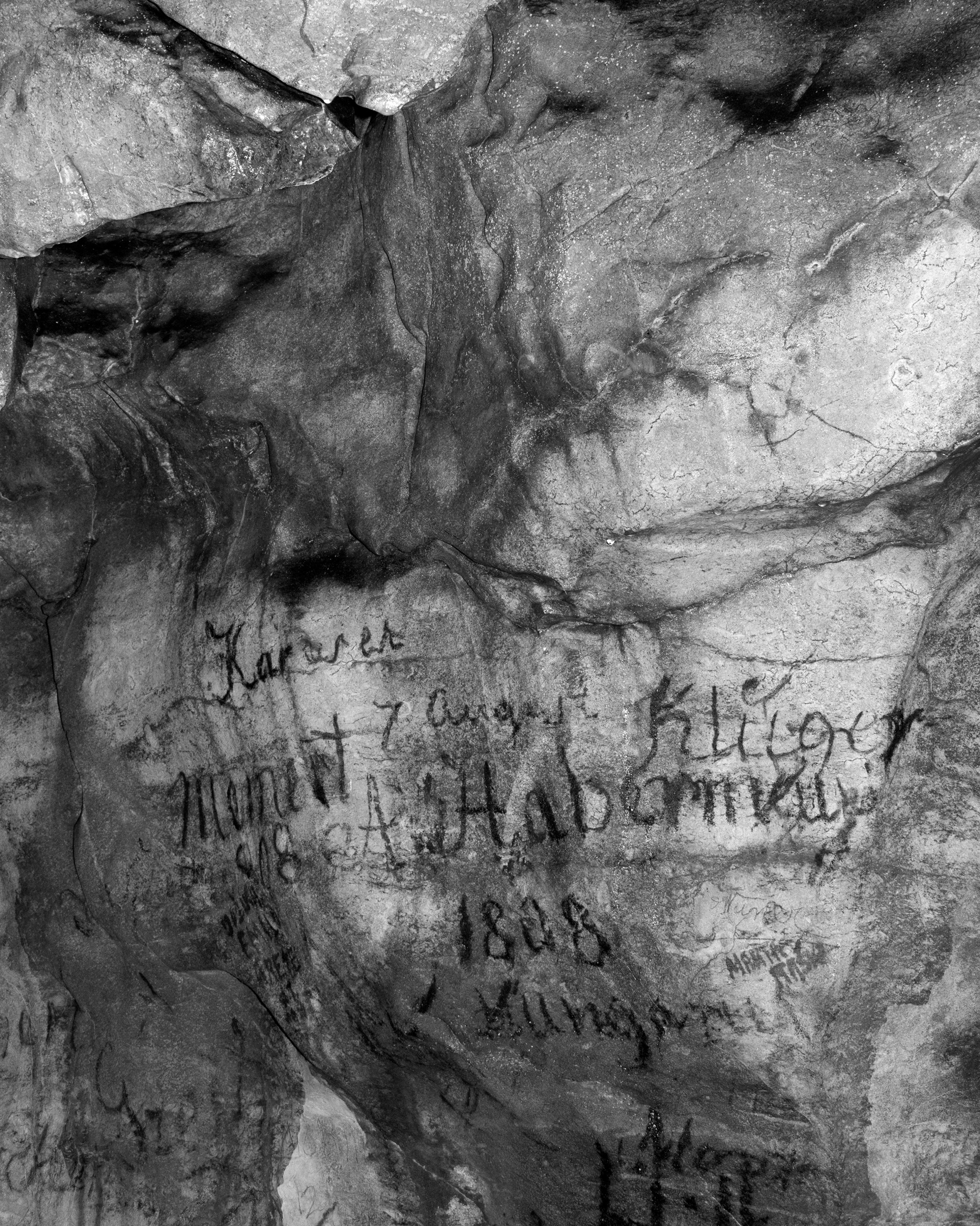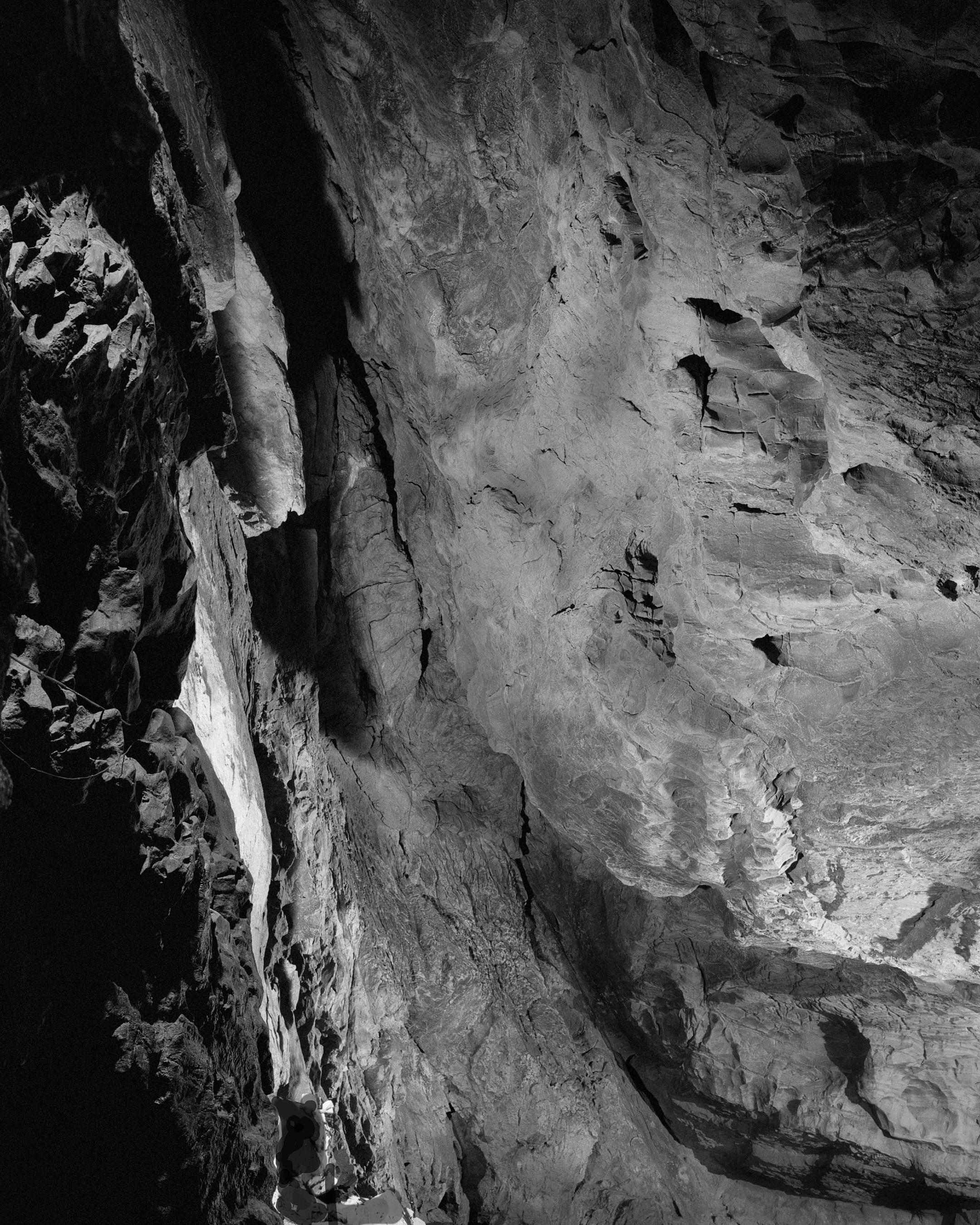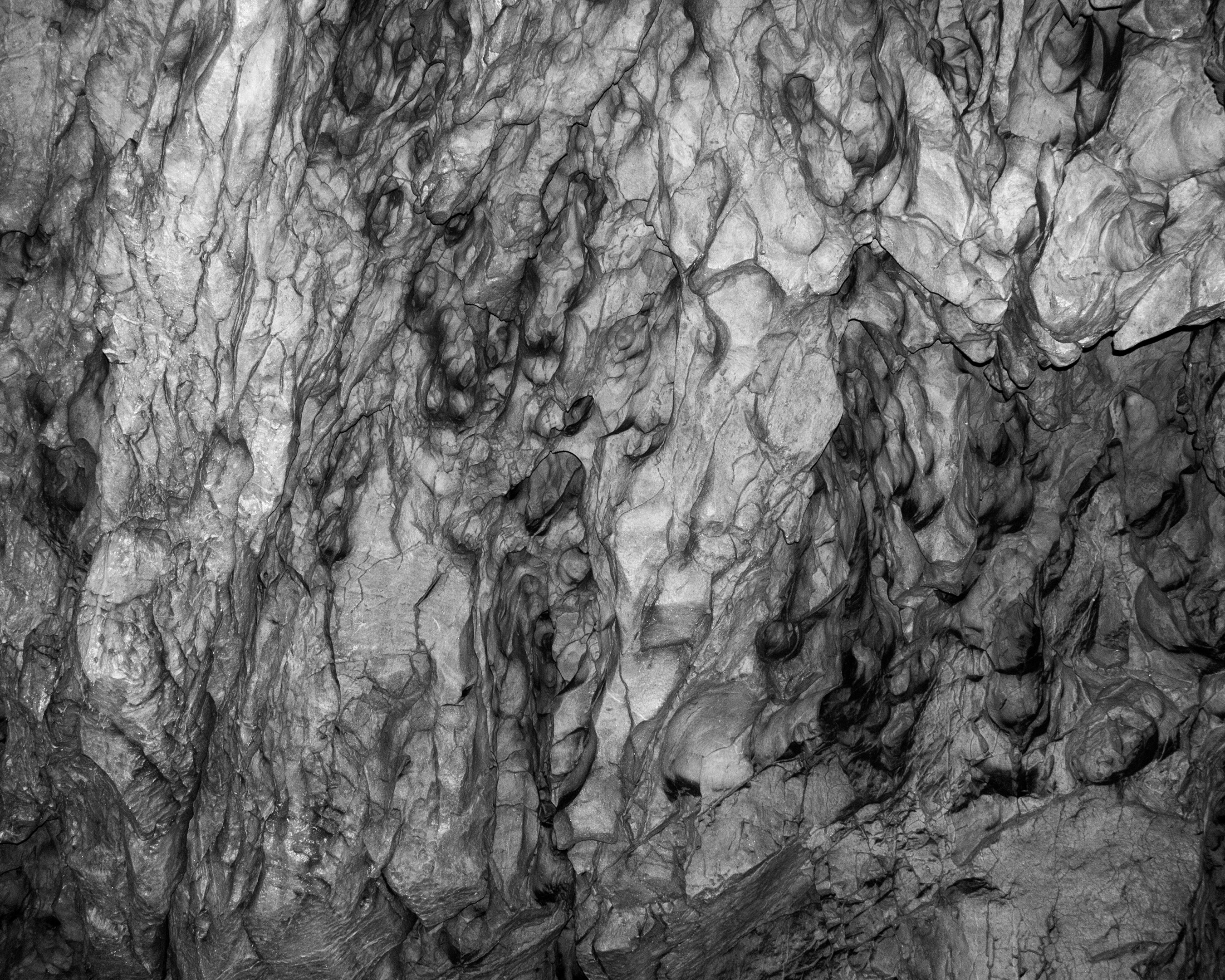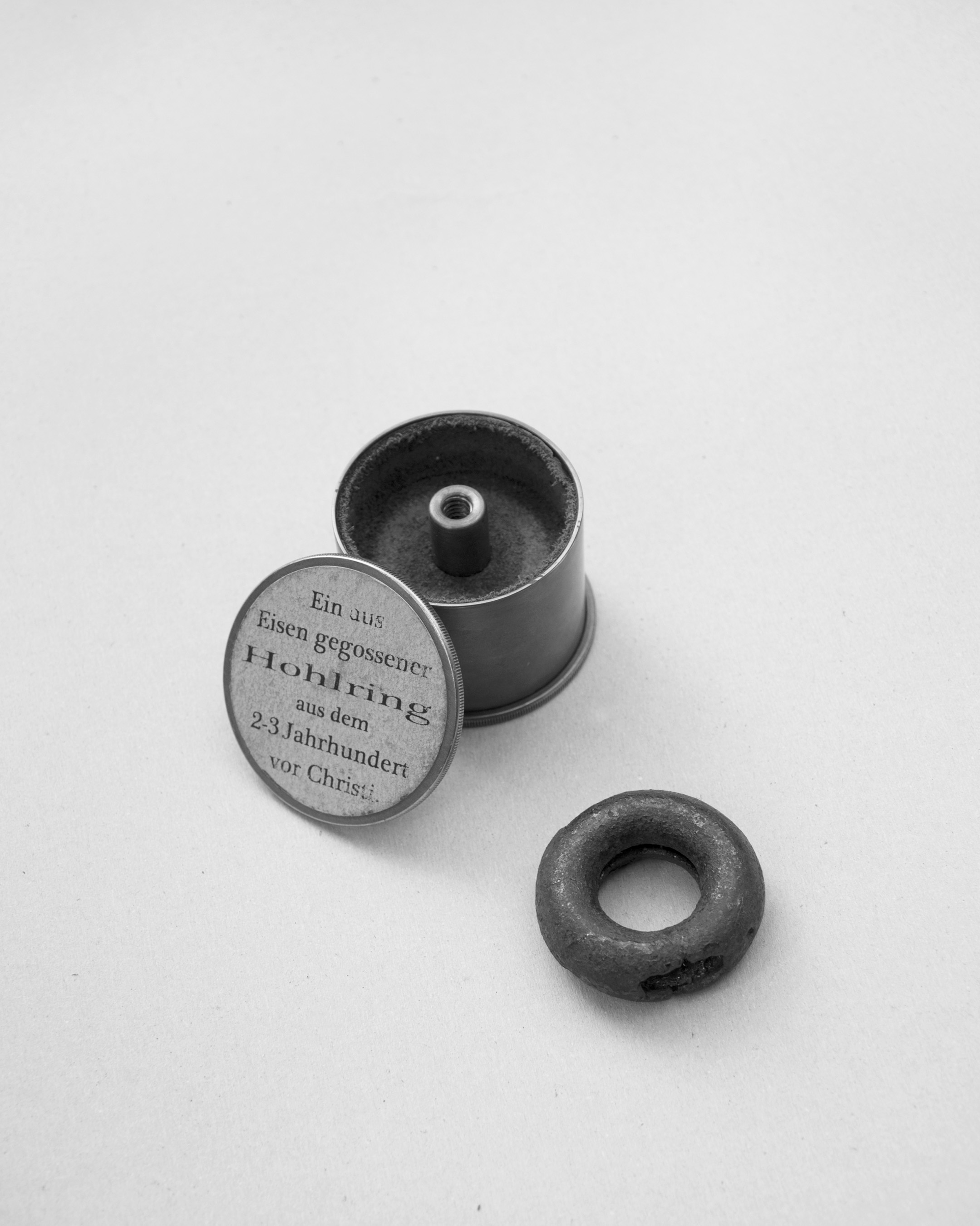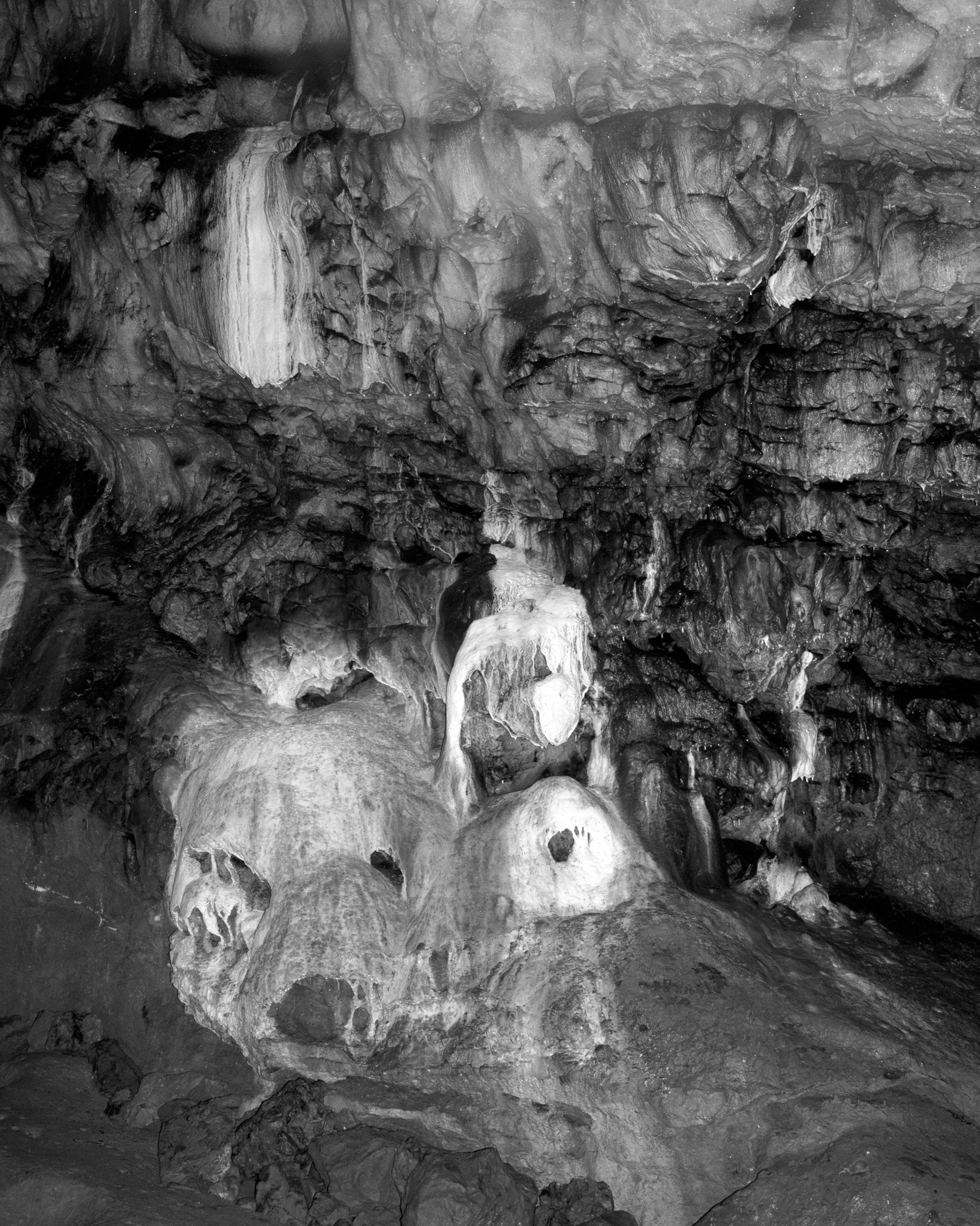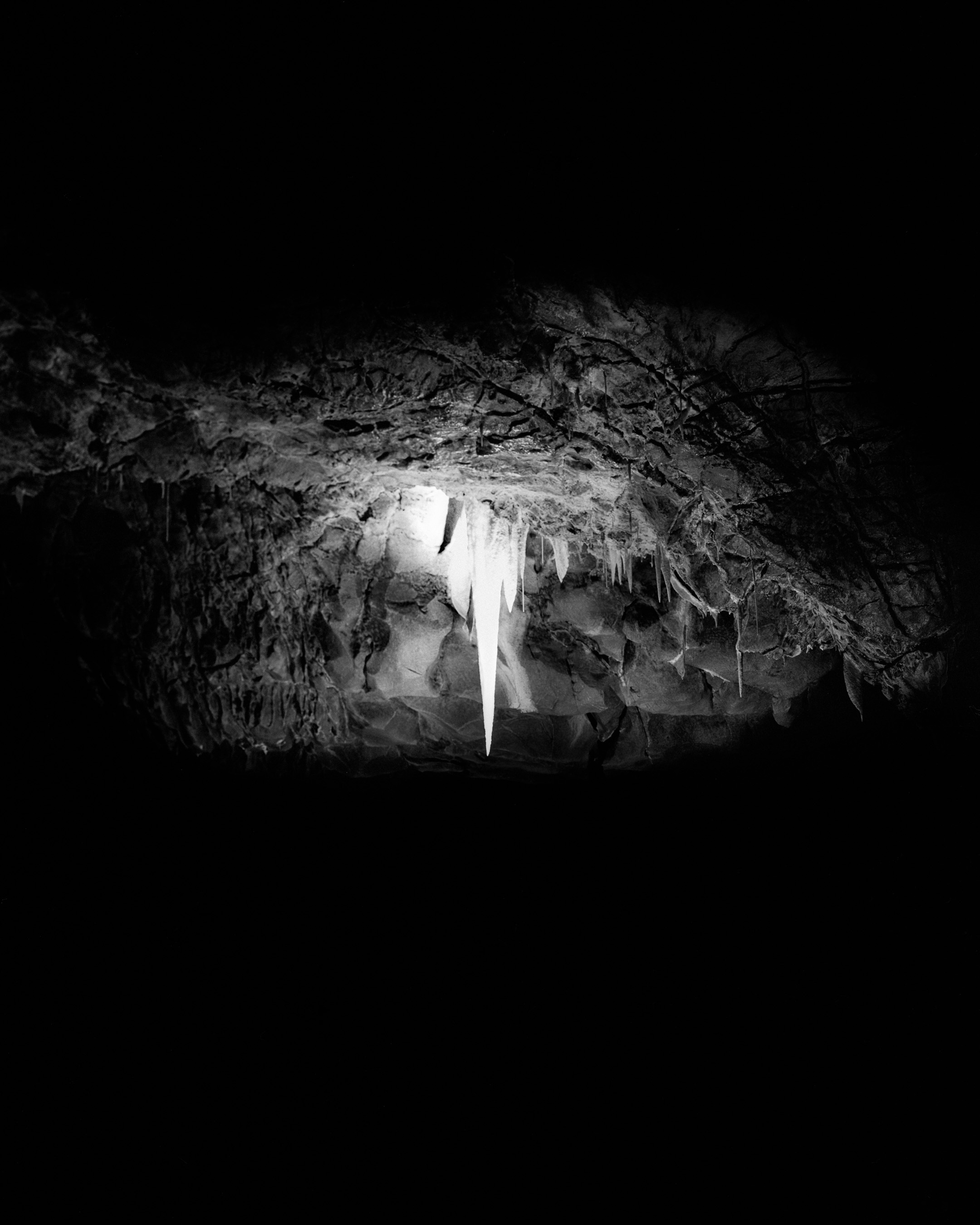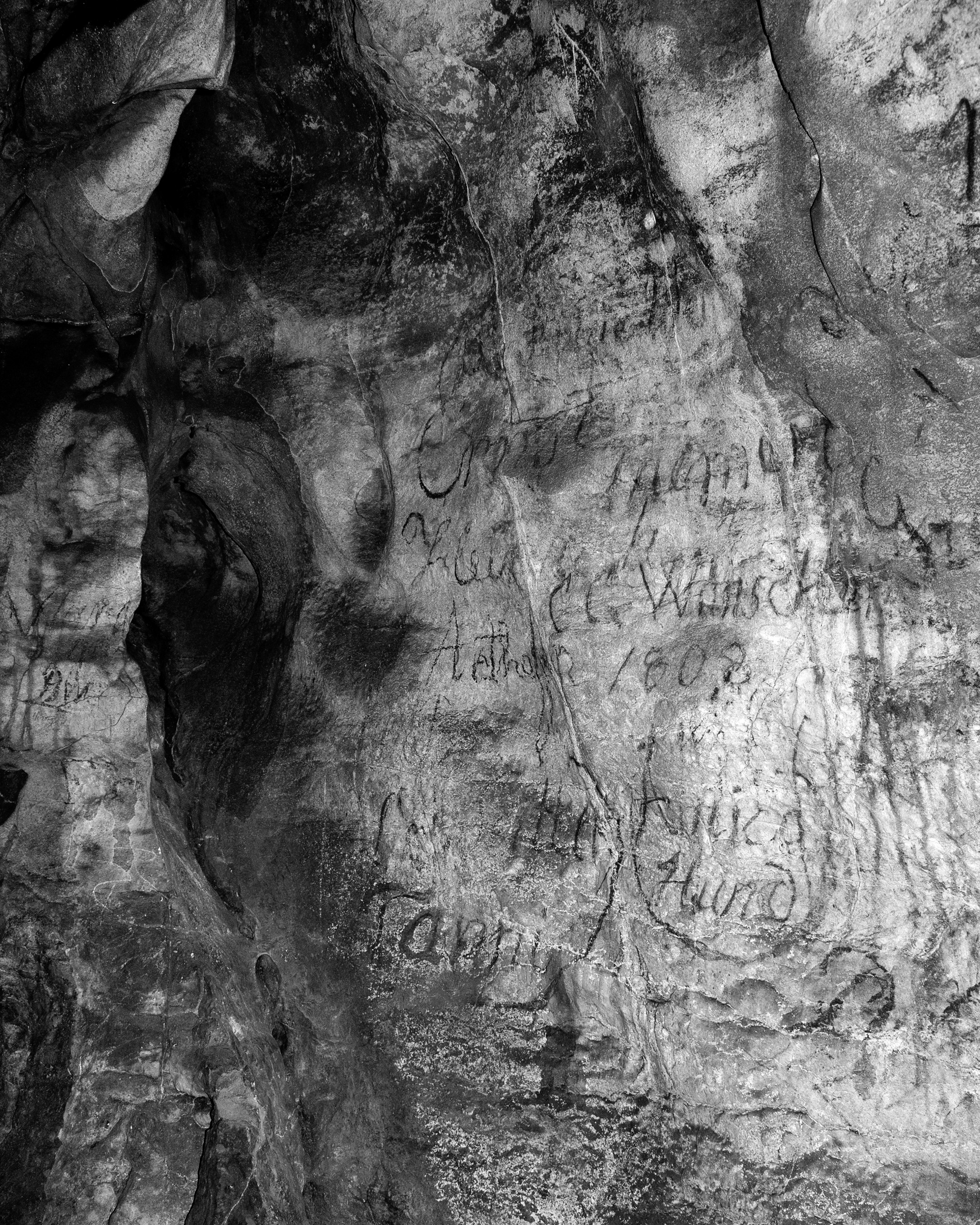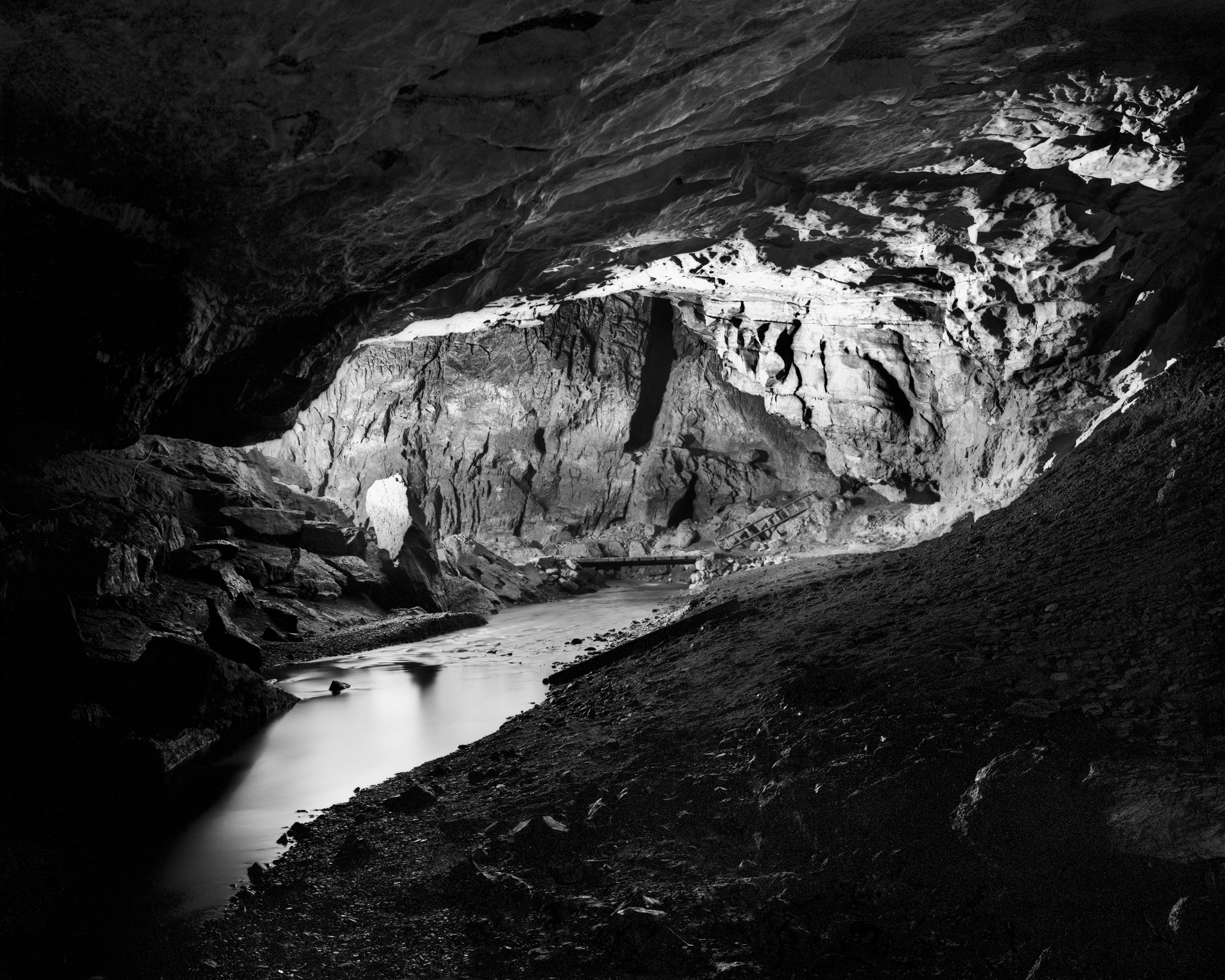Index of Time
Býčí skála Cave is situated in the central part of the Moravian Karst in
the Josefovské Valley, between the towns of Adamov and Křtiny. Its current
known length is over 13km, the second-longest cave system in the Czech
Republic.
Although the entrance to the cave has always been known, it was the explorer and archaeologist Jindřich Wankel who in 1872 discovered traces of a Paleolithic settlement thought to originate from between 100,000 to 10,000 BC. Wankel found the skeletons of one man and forty young women at the site. Some of the women had been beheaded, some were missing legs or hands.
Among the many artifacts found dating back to the Bronze Age (700–450 BC), perhaps the most notable is the statuette of a small bronze bull—from which the cave derives its name (Býčí skála means 'bull rock')—and various other tools decorated with circular symbols thought to be of religious significance.
The cave is closed to the public, but a group of part-time speleologists and general enthusiasts explore it at leisure with a kind of fierce devotion. Their progress is slow, and the work dangerous, but their motivation lies in the adventure of possibility—to be the first to uncover the uncharted territories of prehistory.
--
Index of Time was originally self-published by Tereza Zelenkova and Peter Watkins with stories by Oliver Shamlou. It is held in the SPBH collection at the MEP in Paris, and prints from the series are held in the collection of the Victoria and Albert Museum in London.
Although the entrance to the cave has always been known, it was the explorer and archaeologist Jindřich Wankel who in 1872 discovered traces of a Paleolithic settlement thought to originate from between 100,000 to 10,000 BC. Wankel found the skeletons of one man and forty young women at the site. Some of the women had been beheaded, some were missing legs or hands.
Among the many artifacts found dating back to the Bronze Age (700–450 BC), perhaps the most notable is the statuette of a small bronze bull—from which the cave derives its name (Býčí skála means 'bull rock')—and various other tools decorated with circular symbols thought to be of religious significance.
The cave is closed to the public, but a group of part-time speleologists and general enthusiasts explore it at leisure with a kind of fierce devotion. Their progress is slow, and the work dangerous, but their motivation lies in the adventure of possibility—to be the first to uncover the uncharted territories of prehistory.
--
Index of Time was originally self-published by Tereza Zelenkova and Peter Watkins with stories by Oliver Shamlou. It is held in the SPBH collection at the MEP in Paris, and prints from the series are held in the collection of the Victoria and Albert Museum in London.

